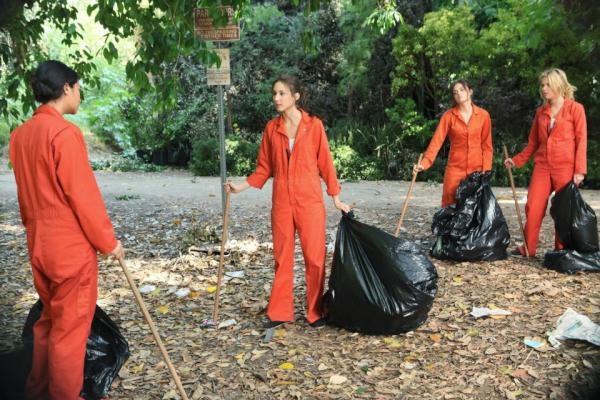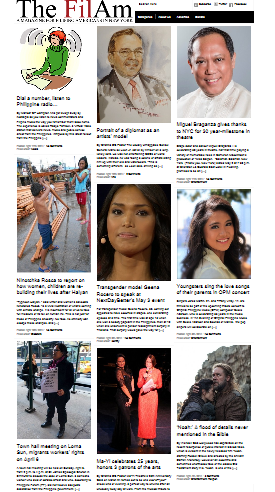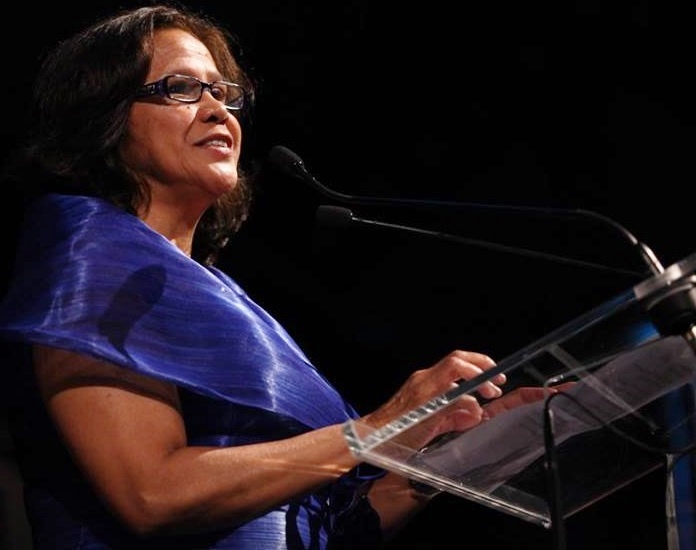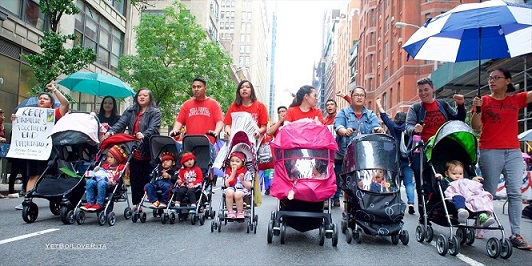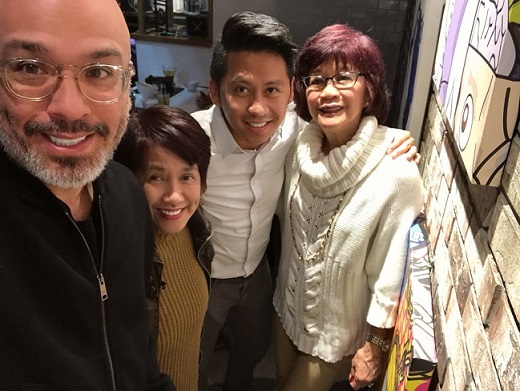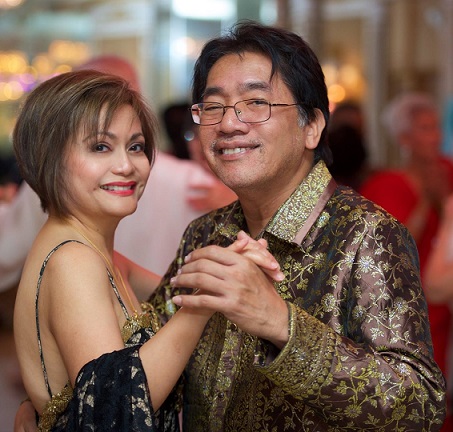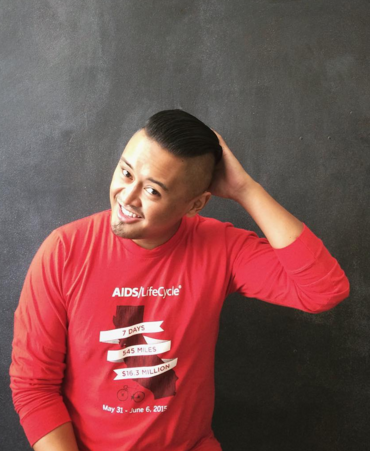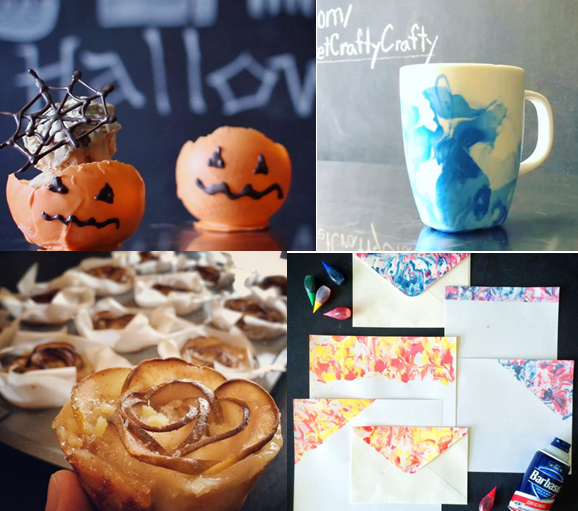YouTuber Ray Pajar creates niche as Asian male crafter
By Christian CatiisCrafting has progressed from a grade-school activity to a creative DIY (Do It Yourself) lifestyle chronicled in personal blogs and YouTube tutorials enjoying wide following.
I sat down with Ray Pajar, a first-generation Filipino American and creator of Get Crafty Crafty on YouTube. For Ray, the hobby began after high school when he began working with elementary school kids at a nonprofit center in San Francisco. Around the same time he started to develop an interest in film and photography. YouTube, where he has more than 100K followers, became a logical destination.
Christian Catiis (CC): Tell me how you got started.
Ray Pajar (RP): It wasn’t until after high school, when I started to work with elementary school kids at a nonprofit before and after school program in San Francisco, when I started to develop and find my own artistic interest. Around the same time I started to develop an interest in film and photography. While continuing to work with elementary school kids, I started to network and connect with independent filmmakers both on and off of YouTube, who eventually motivated me to pursue my passions and move to L.A.
Over the years I learned the basics of production, networked with various filmmakers while continuing to work at the nonprofit with elementary school kids. While in the Bay Area I primarily focused on working behind the camera, pre- and post-production. It wasn’t until I moved to L.A. when I started to be in front of the camera and create DIY videos.
CC: From color changing coffee mugs to homemade play dough, your channel seems like an interactive (and edible) Toys R Us. Where do you get ideas?
RP: A lot of my projects are from my old lesson plans when I was working at West Portal (a residential neighborhood in San Francisco). After working with elementary school kids for six years, I developed a lot of curriculum. Many of my teaching friends had asked for copies of my lesson plans, since I had already relocated to Los Angeles I thought it was easier to create instructional videos instead of emailing them photos of my poorly written lesson plans.
As the channel developed and started to grow I started to create projects based on ideas I had but never got to execute due to the lack of materials or simply because it was something I couldn’t do with a large group of kids, for example, creating your own design on a ukulele. Currently I do try to create DIY projects based on the interest of my viewers, upcoming holidays or if I find something interesting online or at a shop that I can recreate with my own personal touch.
CC: With more than 100K followers on YouTube, you definitely know how to keep your viewers interested. How do you stand out from other DIY YouTubers out there. Is being male an advantage?
RP: Regardless of being a guy or a girl I found as long as you love what you do and you know what you’re talking about, your audience will see you for skills and passion and not just your gender. One of the core beliefs of my channel is that anyone can create anything. I try to structure my videos so that anyone can create the project. Being a deep-voiced, person of color, male crafter on YouTube has helped me push this belief.
When I was at West Portal, my art projects were often seen as nontraditional but exciting, to both my former students and their parents. I had many conversations with teachers and parents about how “different” my art projects were and how excited their kids were to do the project.
CC: Being the viewer, we really only get to see the finished video once it’s uploaded. How much time goes into making each video and how do you prepare?
RP: Most people don’t know that I’m actually a one-person show. I create and develop the content, get materials for the project, create the chalk background for the episode, shoot the video, edit the footage, type out the captions, post the video, then share it on various social media. It can take anywhere from three to four days to almost two weeks to create a video.
CC: What has been the most exciting thing to happen to you since you’ve started posting videos on YouTube?
RP: One of my favorite and most humbling moments was when I received a message from a divorced father who had a hard time relating to his daughter. It wasn’t until he found my channel and did a project with his daughter, that she started to open up to him during her visits.
Getting fan mail and messages is also cool. I always get excited when that happens.
CC: You’ve been on YouTube for already two years now. What would you like the future to be for Get Crafty Crafty?
RP: I’m currently in the process of creating a Get Crafty Crafty blog that will be featuring both past projects and new content that I haven’t featured on my YouTube channel. I’ve recently started to work with other YouTubers to feature projects and cross channel collaborations.
CC: For anyone thinking about starting their own YouTube channel, what advice do you have for them?
RP: Stay true to who you are and don’t let the Internet change you. I’ve had plenty of negative comments on my channel about being a male crafter, talking with my hands, having a “fake California” accent and various other things. What one person sees as a negative trait, others see as a special and unique quality. If I had let every negative comment on YouTube stop me from being who I am and doing what I love, I wouldn’t be where I am today.


